How Top Chefs and Indian Spices have changed the food landscape world wide
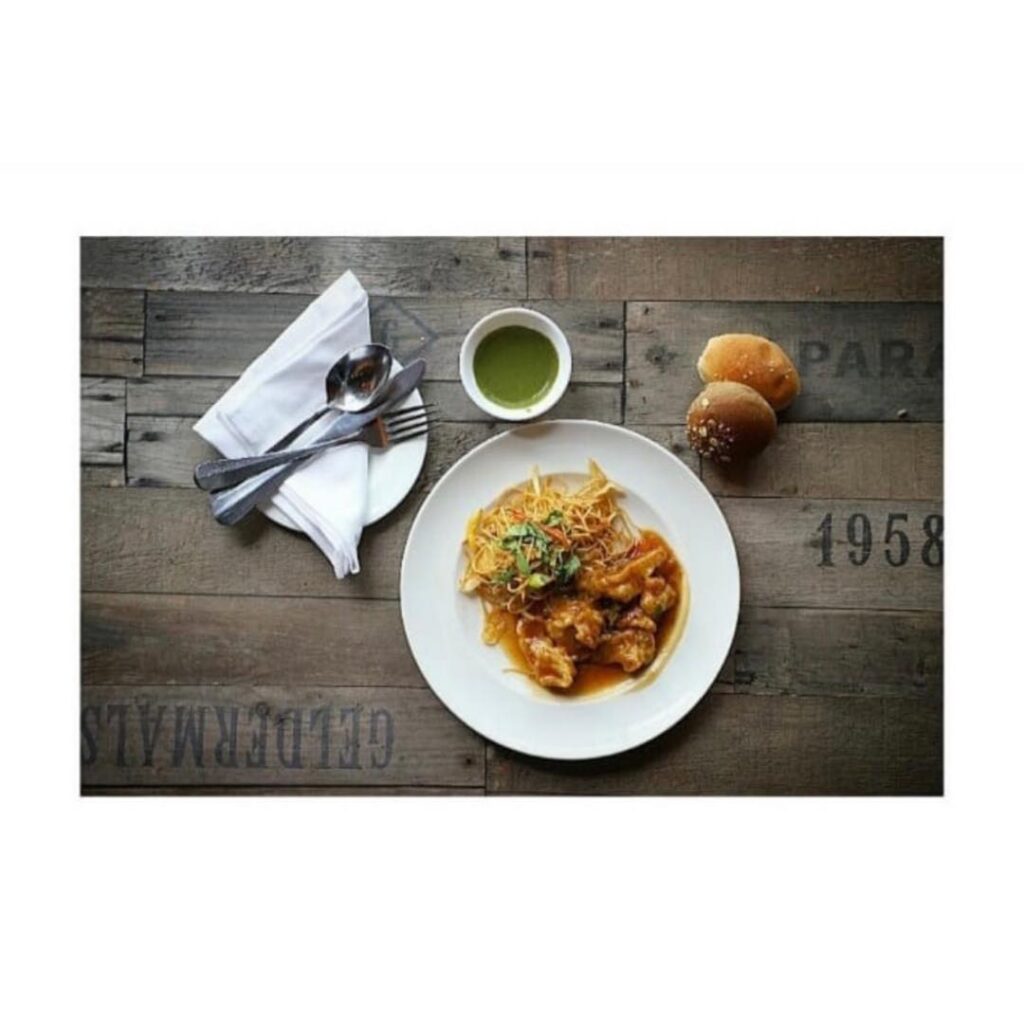
How has Indian cuisine influenced the world?
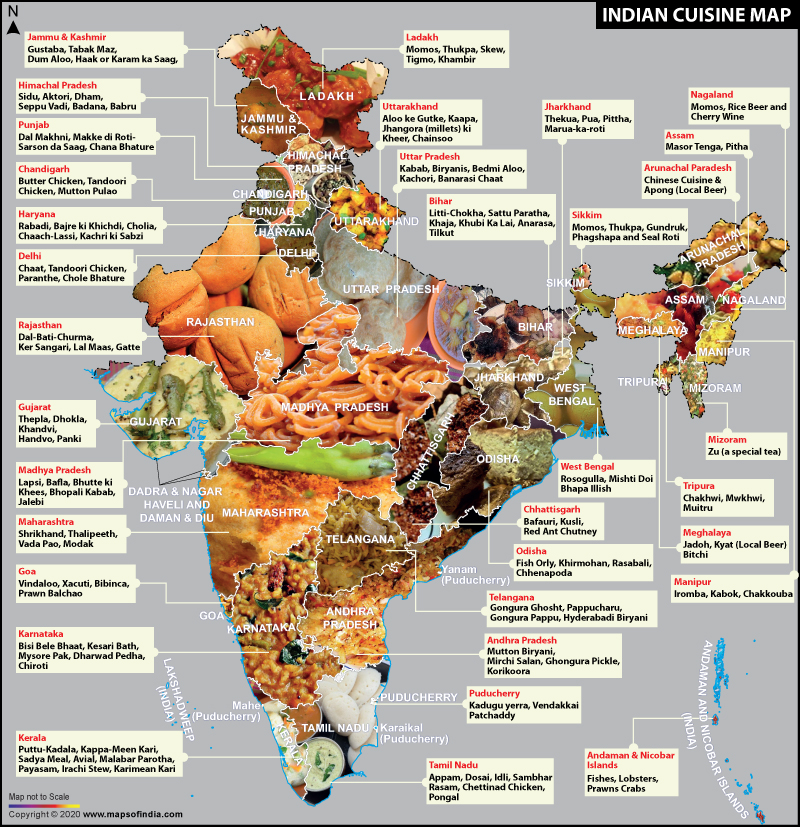
The Indian Food Services industry is the third largest service sector in the country, following Retail and Insurance, being 20 times the size of the film industry, 4.7 times of hotels, and 1.5 times of the pharmaceutical sector.
This rapidly evolving sector is led by the Indian restaurant industry, which is expected to experience a massive growth of roughly 10.4% CAGR for the next 5 years, between 2018 and 2022, to reach INR 5.5 trillion by 2022, as per a report by CARE Ratings.
The Indian restaurant industry has undergone tremendous changes over the past few years, when it comes to innovation. The hospitality industry, on a larger scale has seen significant evolution during the last year by offering a wide range of world class facilities and services. In addition, the cuisine of India is one of the world’s most diverse culinary offerings, characterised by its sophisticated and subtle use of the many spices, vegetables, grains, and fruits grown across the country.
The cuisine of each geographical region includes a wide assortment of dishes and cooking techniques, reflecting the varied demographics of the ethnically diverse Indian subcontinent. India’s religious beliefs and culture have also played an influential role in the evolution of its cuisine.
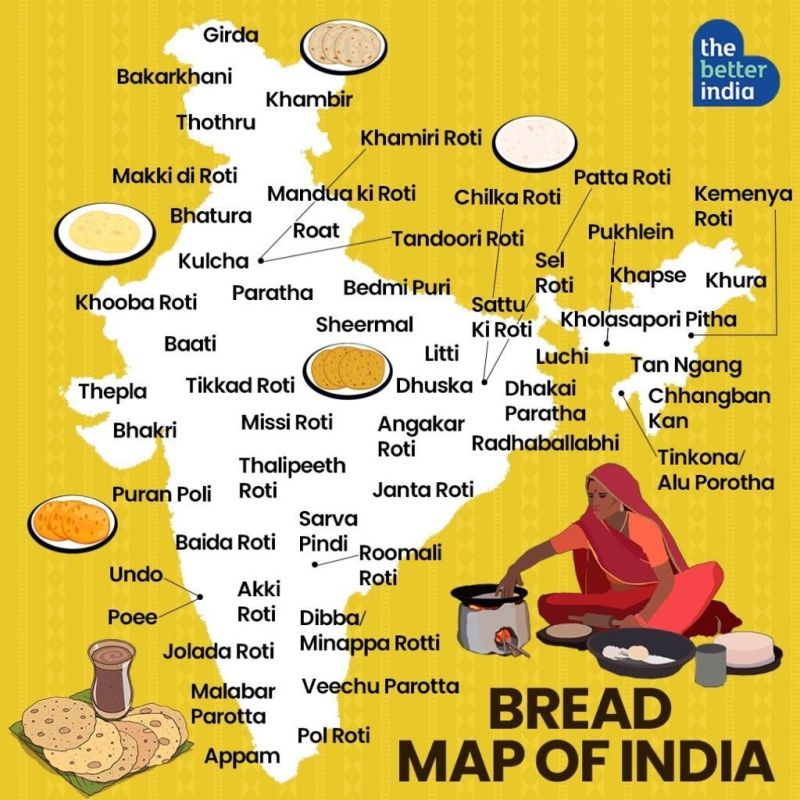
Rise of Indian cuisine
Molecular gastronomy has existed all around the culinary world for many years now. In light of this, the highly adaptive Indian cuisine has embraced countless exciting new formats which have made it one of the hottest selling propositions in the country since the last decade.
Although, Indian cuisine is highly region specific, there are certain common threads that unite the different culinary practices. Throughout the nation, the cuisine is highly dependent on curries, which are gravy-like sauce or stew-like dishes, with meat, vegetables, or cheese, although the particular spice mixtures, degree of liquidity, and ingredients, are determined by regional preferences.
For example, the most prevalent culinary style found outside of India, is Northern Indian cuisine, which reflects a strong Mughal influence. It is characterised by a high use of dairy: milk, paneer (an Indian mild cheese), ghee (clarified butter), and yogurt are all used regularly in Northern dishes. Eastern Indian cuisine is primarily known for its desserts. These desserts are not only favoured by other regions in India, but are frequently found at Indian restaurants, their light sweetness making an excellent finale to a meal.
As a result, Indian food, with its multiple unique ingredients and intoxicating aromas, is greatly coveted all around the world. The labour-intensive cuisine and its mix of spices, is more often than not, an absolute revelation for those who sit down to eat it for the first time, as the substantial amount of cardamom, cayenne, tamarind, and other flavours, can dazzle an unfamiliar palate. Together, however, they help form the pillars of what tastes so good to the customers.
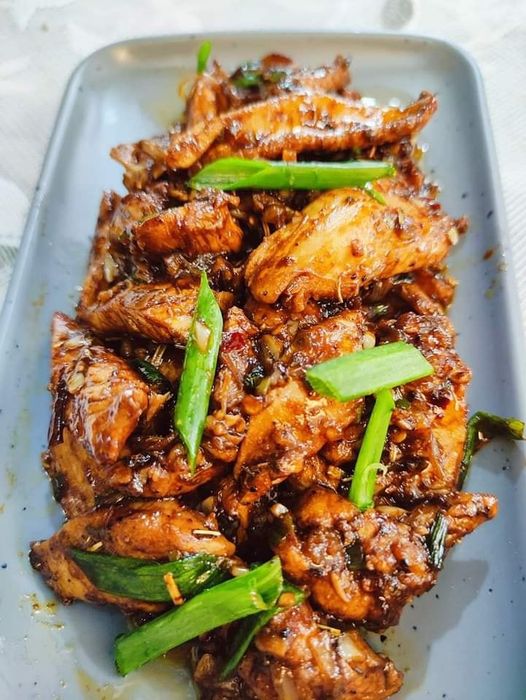
The Restaurant industry today
Today, the internet and social media have revolutionised every industry, and the restaurant industry is no exception. Things are changing fast, and restaurants have to work hard to stay competitive and relevant to an extremely unpredictable customer base.
With an entirely new world of apps out there, customer expectations have undergone a full transformation. Speed and efficiency have taken on new meaning regarding every element of the restaurant experience – from making reservations to ordering and payments. Customers expect things to be done quickly, efficiently, and right, the first time. There is no shortage of tech options out there to help restaurateurs deliver the absolute best service to customers.
Guests visiting restaurants are more knowledgeable than ever about anything that is happening in a restaurant. Patrons now understand much more about how much food actually costs, the quality of the produce, what they should be paying for a meal, and are more likely to have opinions on your stylistic choices, such as décor, as well. As such, the typical customer’s palate is much more diverse and comfortable with combinations of flavours that would have been reserved for the elite 10 years ago.
As a result, the Indian restaurant industry has rapidly grown to adapt to this dynamic and ever changing customer demographic. The key element of the Indian cuisine, today, is innovation, with the desire to provide a comprehensive experience. This goes beyond just the food, and also looks at the ambience, the presentation, and all the various elements that make up the experience of eating at a restaurant.
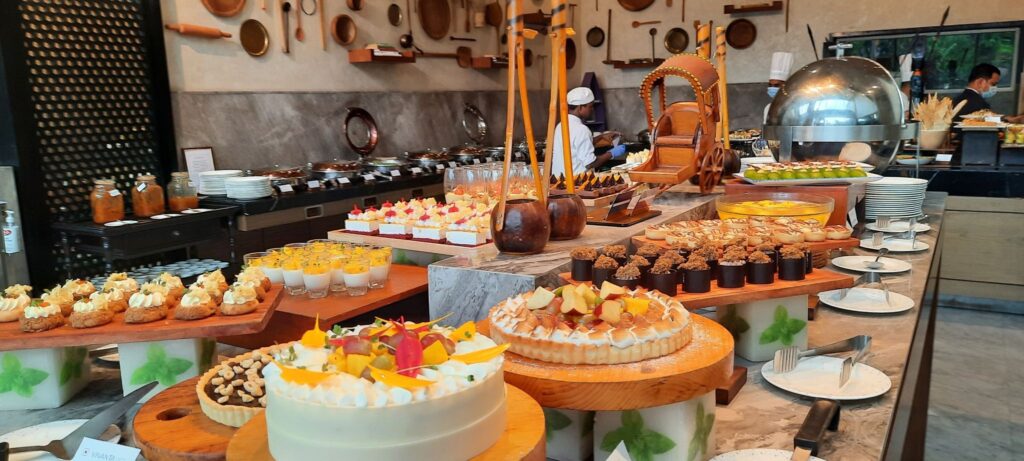
How has Indian food changed over time?
CURRENT TRENDS OF EATING HABITS The dining out culture in India has changed drastically, and the changing food habits of the Millennial generation has had a major contribution towards this trend. Millennials or the Generation Y (people between the ages 18 and 35) make up 65% of India’s population. They are constantly exposed to the global trends and lifestyles, are well read, have travelled extensively and have high spending power. They are the ones driving the growth index of the restaurant industry.

In fact, the trend of splitting bills, or ‘Going Dutch’ has also caught on, where the people equally split the bill among themselves. Millennials’ food habits are different from that of the Baby Boomers, and thus have a significant impact on the restaurant business. Over the past few years, India has witnessed a proliferation of fine dining restaurants, cafes, pubs, bars, clubs, lounges, and international fast food joints, which have come up to cater to the Millennials’ changing food habits.
The recent report by the National Restaurant due to which, processing of the perishable commodities is of prime importance.
The paper presented concisely reviews the status and performance of Indian agriculture, particularly during the last two decades, relative importance and contribution to the Indian economy. It also Association of India (NRAI) says that the size of the Indian food services industry is estimated to reach INR 538,040 crore by 2023. According to a survey by Franchise India, 34% of the people eat out two to three times a week, while 27% eat once a week, about 11% eat three or more times a week, 12% eat once a month, 3% eat on special occasions, and 12% love to eat daily at a restaurant.
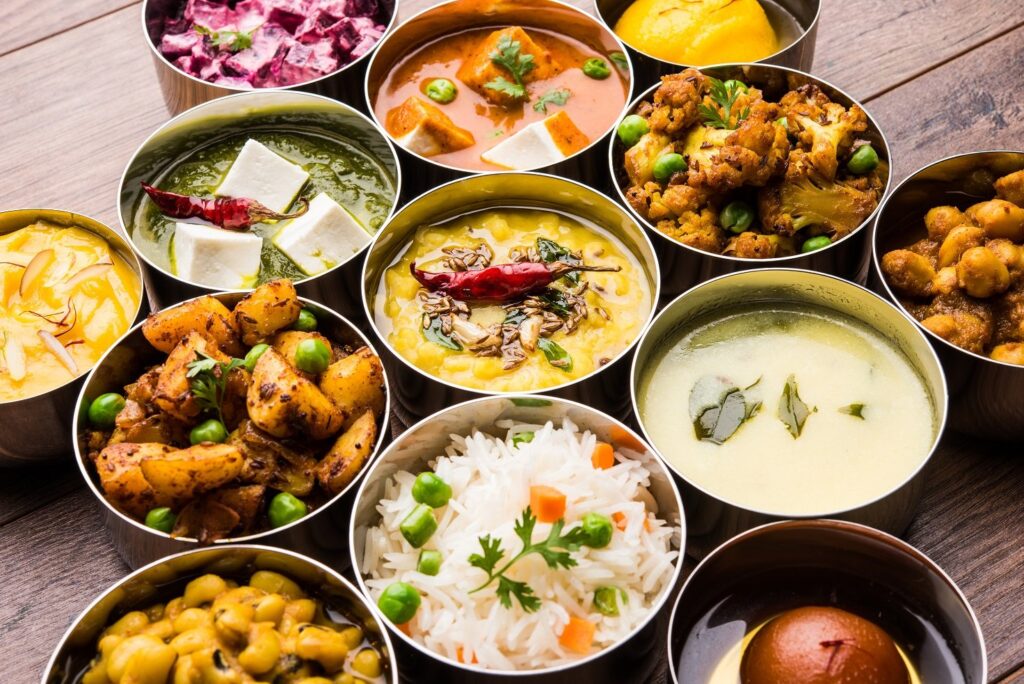
The more we eat healthy food the less natural it feels to reach for a piece of cookie when we get hungry. It is then not a matter of forcing ourselves, but simply a conscious recognition of respecting what is best for our body in the long-term run. An eating habit becomes routine, mechanical, automatic, or even just comfortable. The awareness level of consumers definitely has room for improvement. Good eating habits contribute tremendously to a person’s health; therefore this survey was conducted to know whether the consumers eat healthily or not. Next, the information on daily nutrients was used to gain insights on the balanced proportion and types of nutrients that are needed to maintain a healthy lifestyle. Lastly, the factors that influence a person to choose what they eat. This is one of the major contributors that affect the health of a person, and can be clearly seen by the health level of people from different races and religions.

The more we eat healthy food the less natural it feels to reach for a piece of cookie when we get hungry. It is then not a matter of forcing ourselves, but simply a conscious recognition of respecting what is best for our body in the long-term run. An eating habit becomes routine, mechanical, automatic, or even just comfortable. The awareness level of consumers definitely has room for improvement. Good eating habits contribute tremendously to a person’s health; therefore this survey was conducted to know whether the consumers eat healthily or not. Next, the information on daily nutrients was used to gain insights on the balanced proportion and types of nutrients that are needed to maintain a healthy lifestyle. Lastly, the factors that influence a person to choose what they eat. This is one of the major contributors that affect the health of a person, and can be clearly seen by the health level of people from different races and religions.
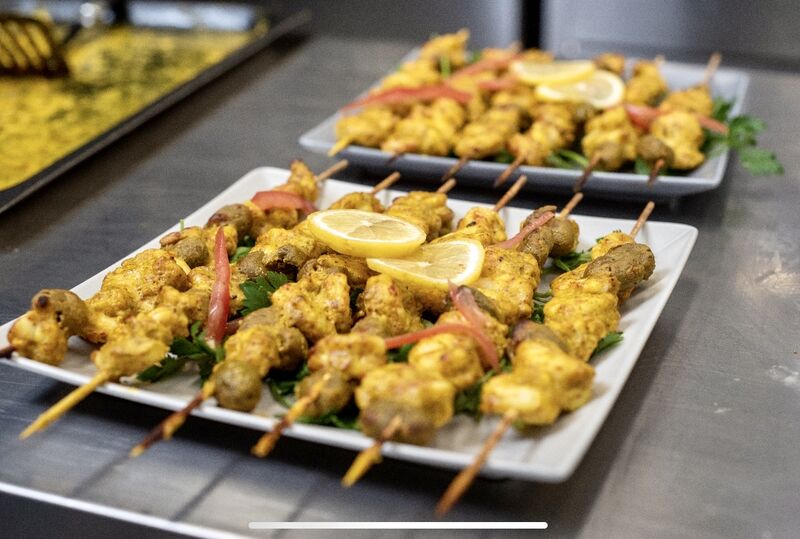
Every Indian kid has memories of watching their mothers and grandmothers cook fragrant, robust meals with ingredients and spices that somehow the kitchen never ran short of. There was always an order to these spices, almost like an assembly line. The round spice box was akin to the conveyor belt inside which these dish-changing, nostalgia-inducing masalas were stored.
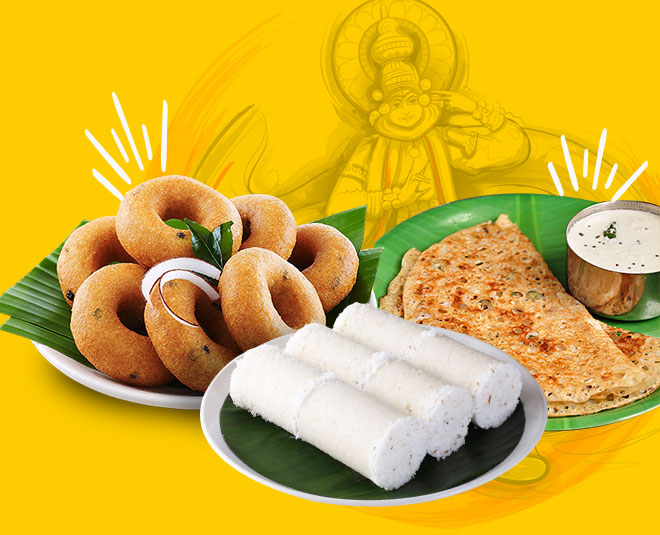
With the changing culinary landscape and global influences on Indian styles of cooking, the spice boxes are also taking newer forms. “Earlier the spice boxes were very conservative because the cooking was conservative. Today, spice boxes are becoming global. Rye was never a part of the spice box of a north Indian family, till maybe five years ago. Oregano and chilli flakes are now part of many Gujarati spice boxes
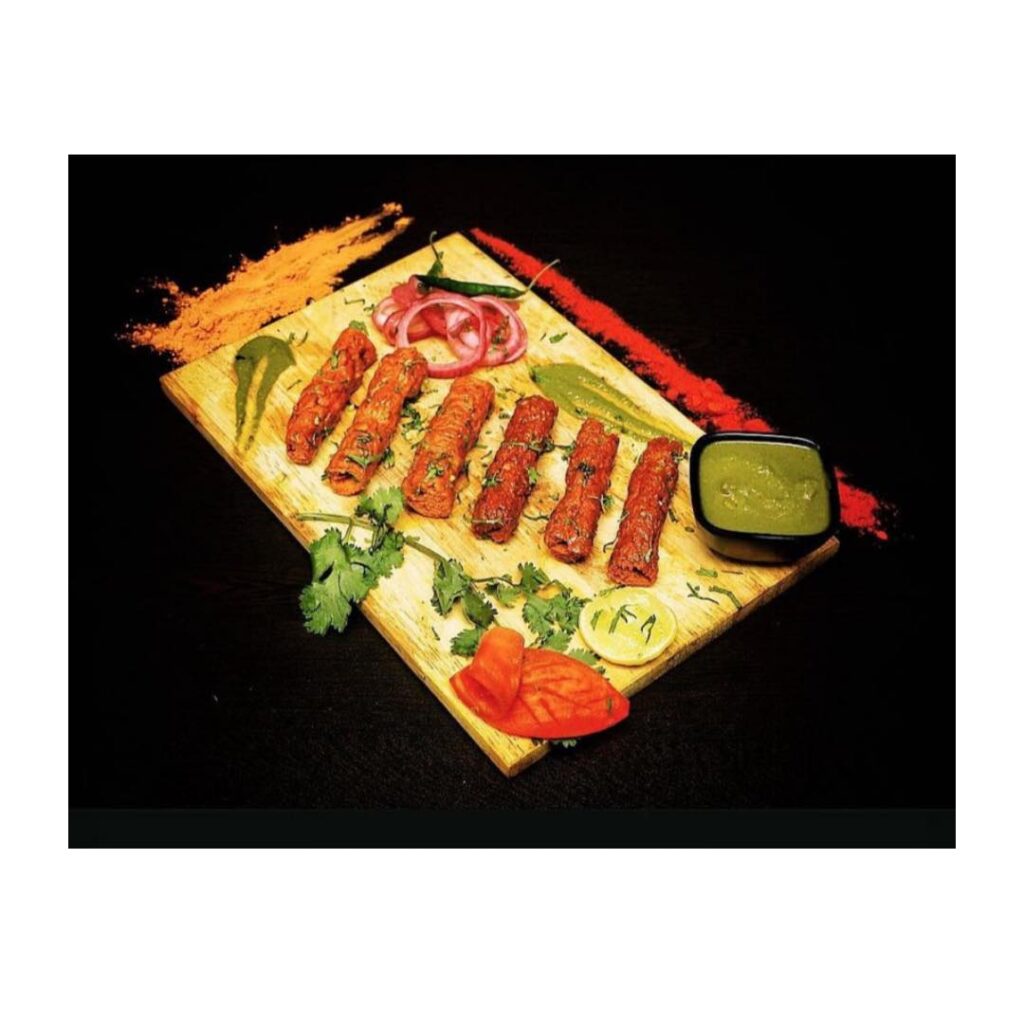
Sugar, although not a spice, is a secret component restaurant chefs and cooks swear by. “You will find sugar in most of these boxes as it helps bind all the flavours and lends a glaze to the final dish.
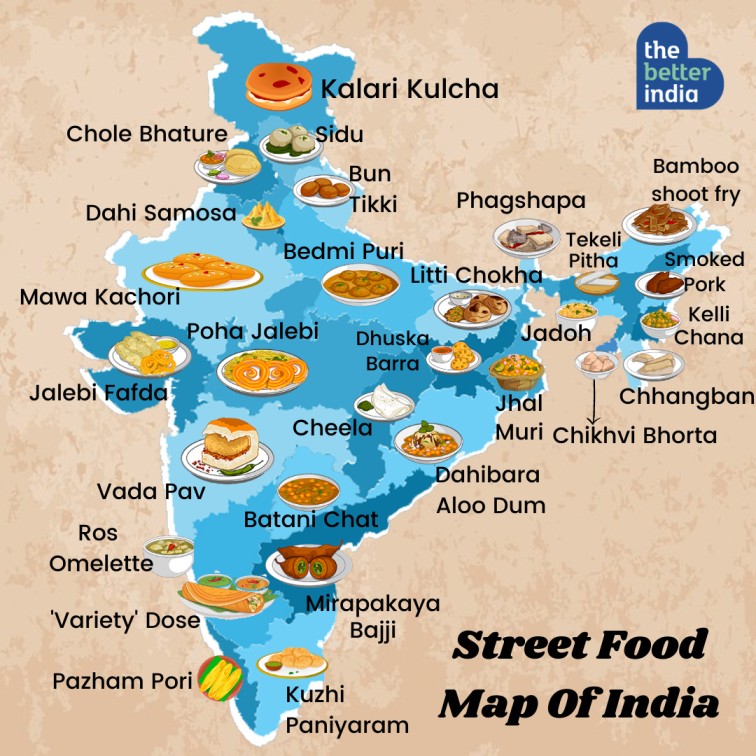
Classifying these spices into three categories, chefs say that these form the foundation of every Indian dish. “Saundha (earthy), Khushboo (fragrance) and Garam (hot) — these are the basics. Saundha masala has spices like khus, patthar ke phool and paan roots. Cinnamon, nutmeg, mace, green cardamom and cloves go into the making of the khushboo masala. Dishes of Uttar Pradesh (UP) and Delhi will always have dhaniya powder, lal mirch, garam masala and khushboo masala.
Balance is very important in traditional Indian cooking. It is important to understand how much masala to use at what stage of preparation and how long to cook it for. Dum pukht, for example, is a slow form cooking, and comes with practice

Like bitters enhance cocktails, spices tickle the palette and a variety of additions raise desserts to an altogether new level, it is innovation and creativity that make for an overall fine-dining experience.

Indian chefs who have won Michelin stars for their restaurants
Srijith Gopinathan
Sriram Aylur
Garima Arora
Vineet Bhatia
Atul Kochhar
Vikas Khanna
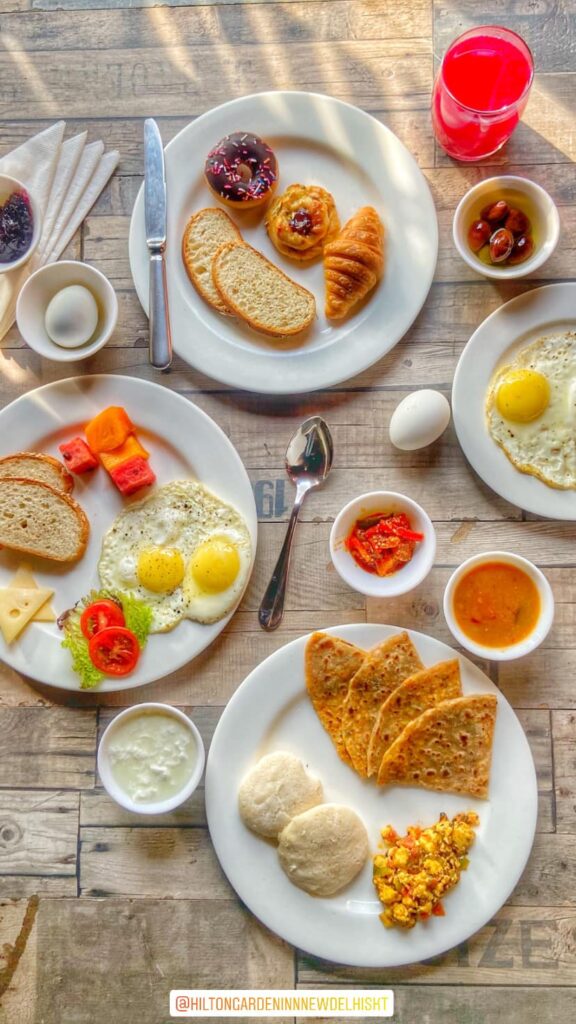
Indian cuisine reflects a 5,000-year history, encompassing an array of native regional sub-cuisines from the geographic landscape of the subcontinent. It has been impacted and influenced by various cultural interactions through trade relations and is, more importantly, a resultant effect of the numerous foreign invasions and colonisations by the British, Portuguese and Spanish regimes. This led to diverse regional cuisines and flavours that still delight today.
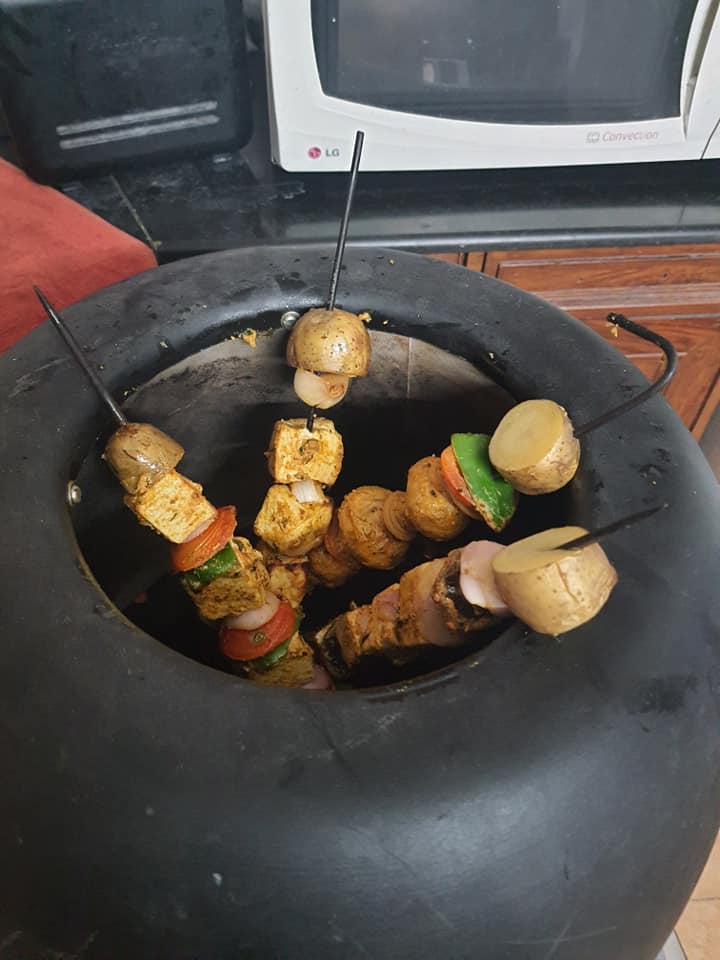
The period between 8th to 18th centuries saw the advent of some major dynasties such as the Chola Empire, the Hoysala and Vijaynagara Empires, Kakatiya Kingdom and the Reddy Kingdom in the South and the Ahom Kingdom in the East and the Sikh, Rajput and Mughal Empires in the North, to name a few. It was during this time that foreign travellers and traders introduced the locals to new products, cooking techniques and methods, including the use of unique spices and tea, especially saffron—a hallmark seasoning in many dishes emerging out of north India. India’s economic ties, and later invasion by Persia, infused the country’s cuisine with many Arab approaches to meal preparation.
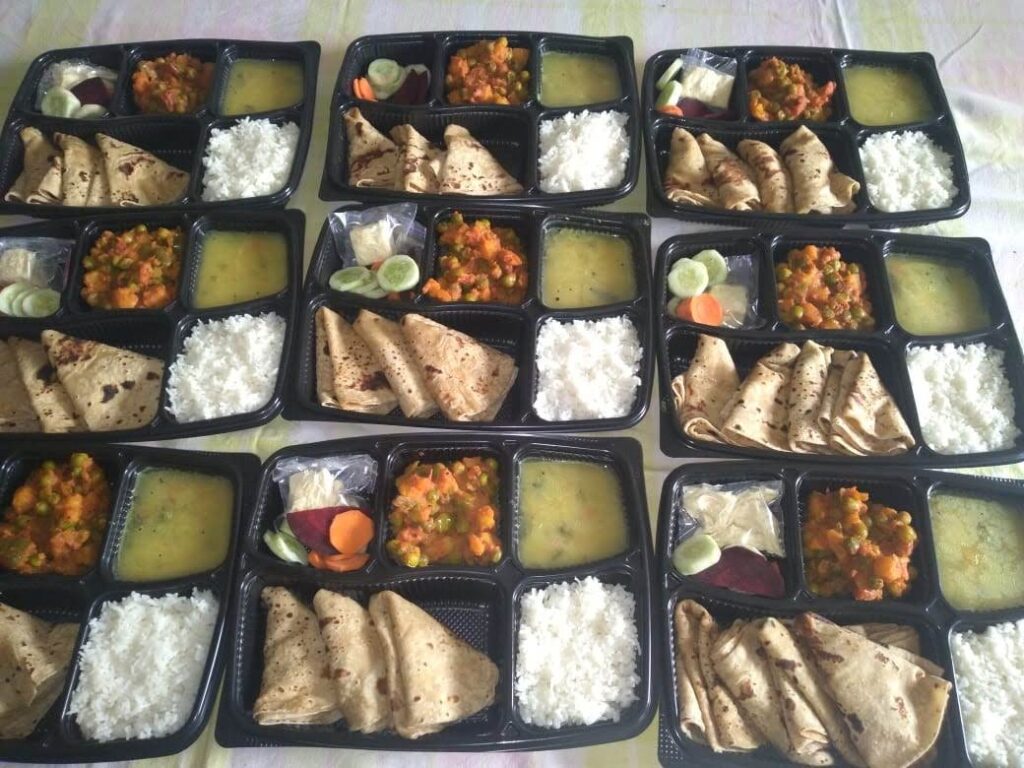
Refined by the whims of history and geography, Indian cuisine has spread to the rest of the world—especially the Western hemisphere. In the last 70 to 80 years, since its proliferation, innumerable restaurants, cafés and dhabas (roadside eateries) have been introducing gastronomes from far and wide to India’s eclectic cuisine. Rotis, tikkas, tandoori and curry became the buzzwords for diners across the world and Chicken Tikka Masala, a product developed by immigrants from the subcontinent to the UK, has come to be considered UK’s national dish.
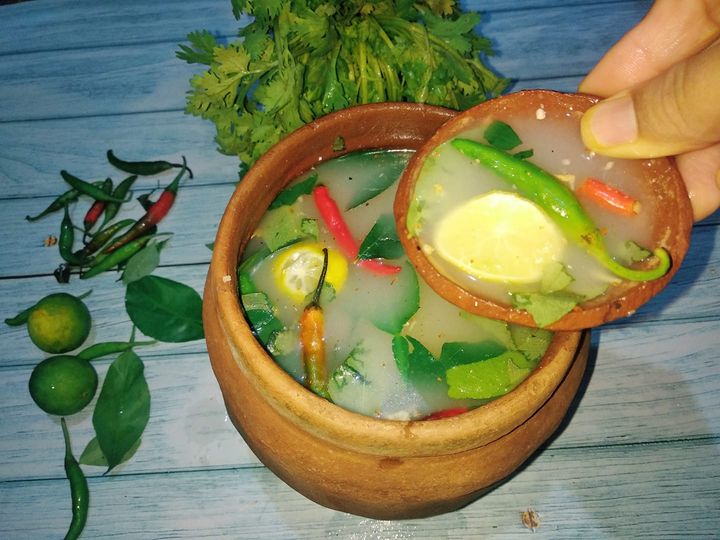
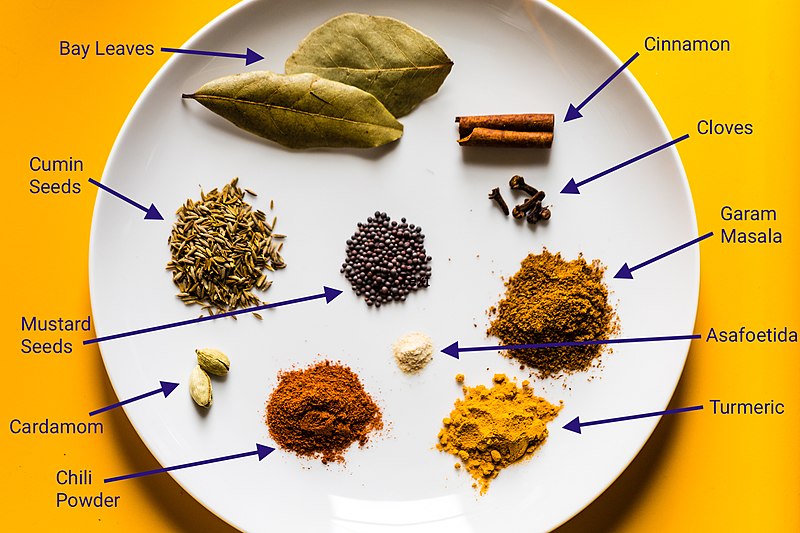
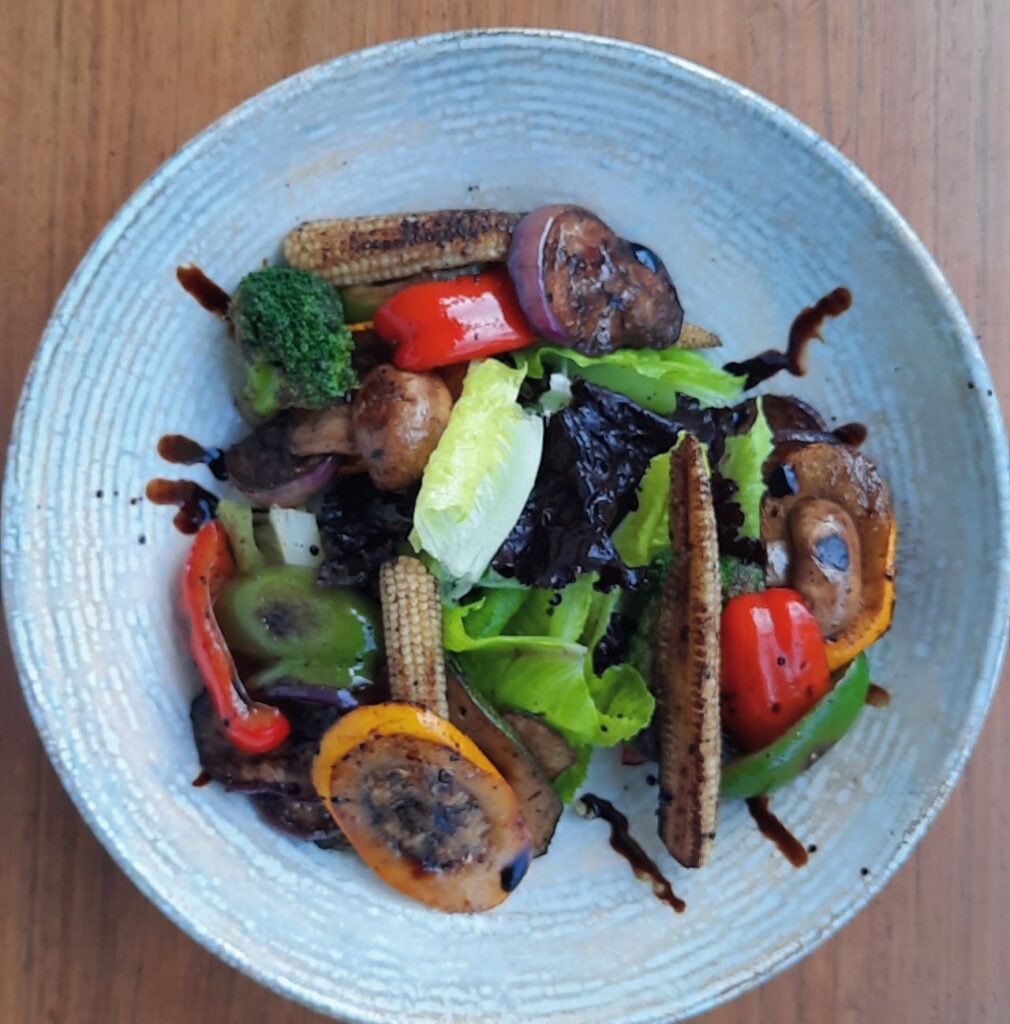
North Indian or Punjabi recipes are most commonly served in North America.
Nevertheless, to adapt to the needs of North Americans and make Indian food more popular some modifications have been made. Many Americans and Canadians have previously judged Indian food for being too spicy and heavy. So with that being the case many Indian chefs and product developers have toned down the spice in restaurant and store-bought curries.
Another modification has to do with the beloved samosas. They are typically fried in Indian and eaten with a delicious chutney off the street, however, to please American audiences they are baked in the majority of restaurants serving them. Also, cream and butter, two staples of traditional Indian cooking, have been cut from recipes to make food less heavy and more “light” and “low fat.”
Indian cooking has grown in popularity during the last few years but, according to Raghavan Iyer author of the Indian cookbook “660 curries”, Americans still have a lot way to go in terms of correctly understanding traditional Indian food.
Indian food’s share of the $2.2 billion ethnic food market is still tiny at only $40 million in comparison to Mexican and Hispanic food with $1.4 billion of profits.
With all that being, Indian food, even though slightly modified from the traditional dishes, is becoming increasingly popular and beloved among many in North America. This may be due to the fact of healthy spices used such as turmeric, ginger, cinnamon and cayenne.
Indian food is spicy, flavourful, varied and simply delicious. Many people claim that Indian food is a guilty pleasure and should not be eaten too regularly. This is completely untrue because Indian food has many vegetarian and healthy options that are served with vegetables. There are many chefs working hard today introducing quality Indian food to communities, cities and countries all over the world.
The flavours of India are simply irresistible and the demand for Indian food has spread across all 6 inhabited continents.
Vegetable biryani, butter chicken, tandoori chicken, jalebi, chicken tikka masala, pork vindaloo, gulab jamun, chole, mango chutney, rogan josh, samosas and naan bread are all Indian favourites available at typical restaurants near you.
Traditional Indian food is possible to find in most major cities in today’s world due to Indian migration. There are many Indians who immigrated to Europe, North America, other parts of Asia, Oceania and some parts of Africa and South America.
Quite a few of these immigrants have decided to open typical restaurants to showcase Indian delicacies to the world. Nevertheless, in many countries, Indian food has been adapted and lost its traditional flare.

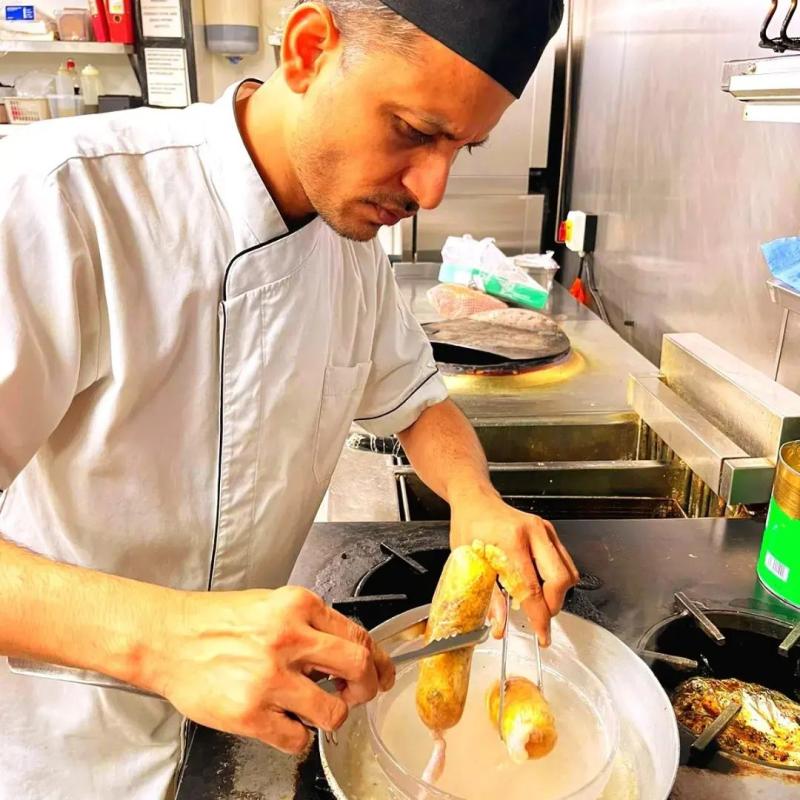
Which of given factors influence India’s food choices?
Factors that have shaped Indian cuisine
What is Indian cuisine?
It is a wonderful diverse range of food, with very clear regional differences, which thus makes Indian cuisine a multidimensional colourful cuisine, full of richness and depth, and with a repertoire of recipes that is virtually unmatched anywhere else in the world. Indian cuisine is a reflection of the heritage of the people of its land, and the influences of historical and cultural developments and religious beliefs.
The 5 major factors that I think have shaped Indian cuisine are:-
1. Indian’s geography
India has long been known as the spice bowl of the world, and other countries in south- east Asia (Malaysia and Thailand) also occupy an important place in the history of the spice trade. The use of premium quality spices like black peppercorns, cinnamon, cardamoms, nutmeg, and saffron was a normal long established way of life, in these sun drenched and monsoon fed lands. It was the value of these exotic spices that lured traders and merchants, among them Arabs, English, Dutch, Portuguese, French, and Spanish to the area.
2. Foreign Influences
The influences of many foreign settlers, traders, pilgrims and invaders over the years have given rise to new cooking styles, methods and ingredients in Indian cuisine, which are still in practise and used today.
The most important is probably the Moguls who invaded India in 1526. They brought their favourite dishes and cooking methods to the north Indian states, and the fusion of these with Indian staples and local foods led to the evolution of Mughlai cuisine. Meat was introduced and transformed into delicate kormas and fragrant biryanis. They also introduced the tandoor, a clay oven, originally from Egypt to India. This helped produce a variety of meat dishes and breads like spicy kebabs, tandoori chicken, chicken tikka, and tandoori rotis. The Moguls also introduced a selection of exotic fruit and nuts to the established cooking traditions of Kashmir and Punjab.
The first Europeans to arrive in Indian were the Portuguese in 1498, they colonised three western costal areas, Goa being the most famous. They introduced ingredients such as chillies, peppers, tomatoes and cashew nuts. They have certainly left their mark on the cuisine of Goa, with a variety of fish and pork dishes. Vindaloo is Goa’s most famous export, but its origins are in fact Portuguese. In the 16th century, when the Portuguese traders embarked on their long voyage to India, they carried pork, preserved in vinegar, garlic and black pepper. The word vin comes from vinegar and aloo is derived from alho, the Portuguese word for garlic.
The British colonialists of the Raj arrived in India in 1599, initially for a share of the wealth from the trade in spice. By 1850 they established the East India Company in Calcutta (Kolkata), which became an important trading post for the British. The British left dishes in their wake, the most popular chicken jhalfrazi which originated in Calcutta, where Indian chefs during the British Raj used leftover cold meat, generally from the Sunday roast and stir fried it with spices. They also introduced cabbages and runner and broad beans into Indian cooking.
The Parsis arrived in India in the seventh century after fleeing religious persecution in Iran, and settled on the west coast in Gujarat and Bombay (Mumbai). They are a small community but have nonetheless contributed significantly to Indian culture. Parsee food tends to be hot, sweet and sour, and the lamb dhansak is a famous Parsee dish traditionally served on special occasions.
The French came to India in 1769, and by 1851 they set up a trading post in Pondicherry a costal town south of Madras (Chennai). They introduced a fusion of eastern and western ingredients and spices into the local style of cooking.
The Syrian Jews were the first traders to arrive in India almost 2500 years ago in 562BC. They settled in Cochin the capital of Kerala, and became known as the Cochin Jews. They brought with them their Middle Eastern style of cooking.
3. Landscape and climate
India is nearly 1.3million square miles in size, a vast subcontinent. It is a federal union of states, comprising of 28 states and 7 union territories, all with their own unique cooking traditions and tastes.
The landscape varies from city to city. The regionality of the cuisine is also affected by the vastly differing landscape which influences what can be grown. The north is mountainous flat and fertile, while the south is lush green and tropical.
The climate is also a factor, in the colder northern states warming, aromatically spiced dishes are eaten, which would include meat, wheat, chillies, and ghee. Whereas in the intense heat of southern India, the food is lighter and uses more vegetables, rice, coconut, and black pepper. Fish and rice is an important part of the diet in the East, while west Indian food tends to use fresh vegetables, dairy products and lentils and peas, and will be hot and spicy.
4. Religion and faiths
India has a population of nearly 1.2 billion. Within this population there are five major faiths, Hindus forming the majority of 80%, followed by 10% Muslims, the other 10% is made up of Sikhs, Christians, Buddhists, Jain and other.
Half of the Hindu population of India are vegetarians, whilst the other religions are a mixture of meat eaters and vegetarians.
5. Religious beliefs
Ayurveda is the traditional system of healing practised in India. It is a Sanskrit word derived from two roots, ayu and vid, meaning ‘life’ and ‘knowledge’.
For centuries Indians have believed that food should be eaten not only for the taste but also to help cure emotional, physical and mental ailments.
Ayurveda is the science of diet, health and healing, it is a complete system, with a variety of different components, ayurvedic medicine is one and many Indian cooks have an instinct for what ingredients to add to a dish to help alleviate certain problems.
As food plays an important part in all our lives, this way of diet and healing has now become popular all over the world, because the chemical balance provided by what we eat aids healing and promotes good health and well being.
Ayurvedic healers believe there are six basic tastes – sweet, sour, salty, pungent, bitter, and astringent, and each of these tastes helps in healing specific problems.
Other components of ayurveda include astronomy, meditation, yoga, colour therapy, massage, aromatherapy, breathing exercises, and a lot more.

Why has Indian food become popular worldwide?
The traditional Indian food is famous world over for its use of multifarious herbs and spices. There are a variety of dishes available in Indian cuisine, and the way of cooking style differs from region to region. India is known for its diverse food recipes that are served at famous Indian restaurants worldwide.

What factors have influenced the food culture of India?
Indian cuisine consists of a variety of regional and traditional cuisines native to the Indian subcontinent. Given the diversity in soil, climate, culture, ethnic groups, and occupations, these cuisines vary substantially and use locally available spices, herbs, vegetables, and fruits.
Indian food is also heavily influenced by religion, in particular Hinduism and Islam, cultural choices and traditions.[1][2]
Historical events such as invasions, trade relations, and colonialism have played a role in introducing certain foods to this country. The Columbian discovery of the New World brought a number of new vegetables and fruit to India. A number of these such as potatoes, tomatoes, chillies, peanuts, and guava have become staples in many regions of India.[3]
Indian cuisine has shaped the history of international relations; the spice trade between India and Europe was the primary catalyst for Europe’s Age of Discovery.[4] Spices were bought from India and traded around Europe and Asia. Indian cuisine has influenced other cuisines across the world, especially those from Europe (especially Britain), the Middle East, Southern African, East Africa, Southeast Asia, North America, Mauritius, Fiji, Oceania, and the Caribbean
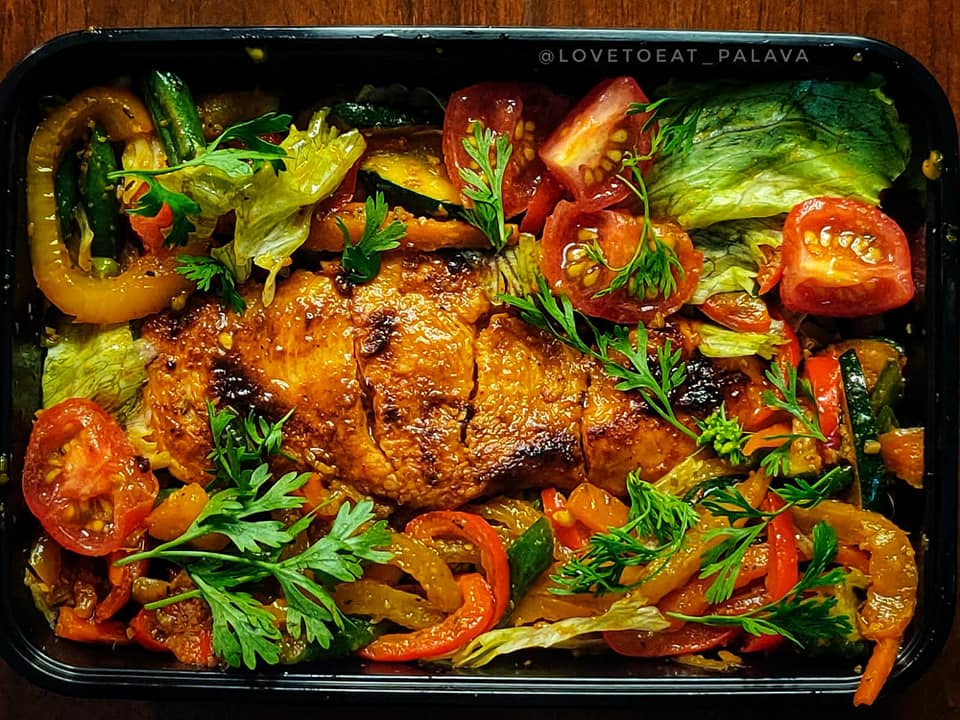
Top most festival Products FMCG consumers search today
World Wide Festive Trends Decoded What Indian festive consumers seek...
Read MoreHow right selection of FMCG Salesmen improves brand market share
How can FMCG Companies improve salesman’s technique in order to...
Read MoreHow most searched Fmcg sales and marketing words help newbie salesman
Why undestand FMCG sales management? Sales management is the process...
Read MoreHow Successful FMCG Salesman Starts his Day, a guide
How does one become a good sales executive in the...
Read More








Pingback: Meat and Meat Products a protein-rich nutritious tasty food
Pingback: Chef's tools + cooking methods = foodies' divine experience